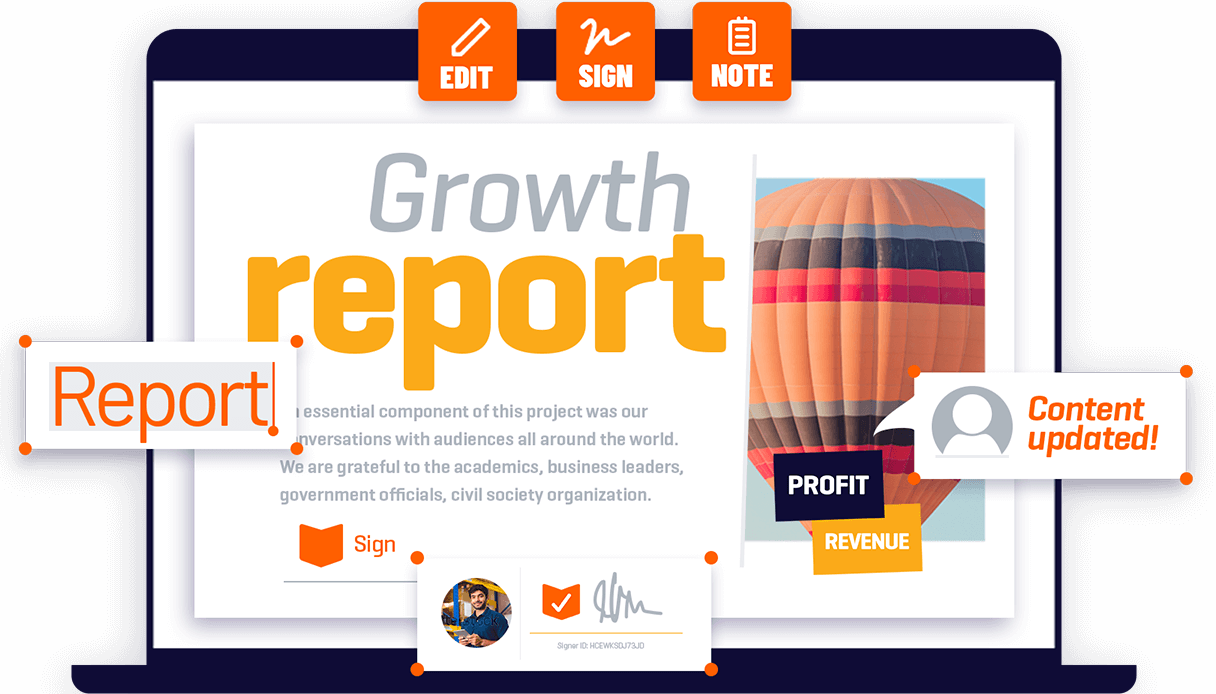
The analysis of the international user data of the Fuze communication and collaboration platform reveals trends and best practices in workplace communications.
Fuze, a unified communications cloud platform, has published a new global study that reveals that the latest technologies enable companies to achieve maximum productivity by facilitating a cultural change in the way they work.
The main lessons learned from this analysis are as follows:
- The communication and collaboration preferences are specific to each employee. It is therefore essential for them to be heard.
Several factors will influence preferences & modes of communication: culture, time zone, proximity to economic centres, level of investment in infrastructure…
- towards a mobilization of decentralized teams: meetings with sharing videos and screens promotes engagement of employees and the effectiveness of meetings. Employees are more involved, which reduces the risk of multitasking, a proven cause of lost productivity. When users activate their video or share their screen during the meeting, they stay connected 87% of the time compared to 75% without screen sharing.
However, only 23% of respondents worldwide report using both video and screen sharing during meetings (in France: 28% activate video and 18% use screen sharing).
- An improving meeting productivity is possible. In France, the average meeting time is 44.9 minutes (for an average of 39.4 minutes in all countries). Companies should hold 25- and 50-minute meetings (instead of the more traditional 30 and 60 minutes). Meetings will start on time, allowing employees enough time to move from one meeting to another.
When several countries are involved, the duration of a meeting is longer to ensure optimal efficiency. But be careful, the percentage of participants who leave a meeting at least 10 minutes before the end of the meeting increases exponentially as the duration of the meeting increases. Meetings of 15 minutes or less have a disconnection percentage before the end of 0.4% only (for nearly 26% for meetings that last 60 to 90 minutes).
- the quality, flexibility and cost-effectiveness of Internet calls have made the laptop computer the equipment of choice for business communications. While most users around the world choose an application installed on a workstation or Internet browser to join meetings, there are significant differences in the use of mobile phones, fixed lines and tablets. Australia favours access to meetings from mobile equipment. It is the only country to make significant use of tablets (8%), with an average of 0.18% for the other countries. Similarly, Australia leads in mobile phone use (15%), followed by Denmark (10%) and Italy (8%). Fixed line access is highest in the United Kingdom (13%), the United States (8%) and Canada (5%). It should be noted that France mainly uses laptops (92%). Mobile phones account for 5% of all uses, followed by fixed lines (3%). The tablet is not used by employees.
« Our research shows that today’s leaders have a responsibility not only to invest in technologies that stimulate engagement, but also to implement inclusive policies that ensure that the corporate culture is aligned with the collaborative solutions they use. », says Matthieu Courtois, Regional Director for Southern Europe of Fuze. « Leaders need to understand the differences within their teams in order to empower everyone to do their jobs as effectively as possible. »
To download the full report « Productivité @u travail » : https://fr.fuze.com/productivite-au-travail.
—
1 Study on teleworking carried out by Ifop, fin 2018: http://www.lecomptoirmm.com/wp-content/uploads/2019/02/Etude-Teletravail_Presentation-Presse_19-02-2019_2.pdf
Les nouvelles fonctionnalités à travers l’ERP, l’EAM, le FSM et le MRO, comprennent des améliorations spécifiques à nos six secteurs d’activités cibles (Aerospace & Defense, Energy, Utilities & Resources, Engineering & Construction, Manufacturing, Telecommunications et Gestion des Services) pour accélérer la numérisation des opérations de nos clients, de bout en bout.
Les nouvelles fonctionnalités à travers l’ERP, l’EAM, le FSM et le MRO, comprennent des améliorations spécifiques à nos six secteurs d’activités cibles (Aerospace & Defense, Energy, Utilities & Resources, Engineering & Construction, Manufacturing, Telecommunications et Gestion des Services) pour accélérer la numérisation des opérations de nos clients, de bout en bout.
Foxit PDF Editor Suite offre des solutions complètes en matière de PDF et d’e-signature Foxit, annonce le lancement de PDF Editor Suite V2023, la dernière version en date de ses solutions dotée de puissantes fonctionnalités PDF ainsi que les capacités d’eSign. Ces solutions innovantes fonctionnent sur plusieurs plateformes – PC, mobile et services cloud basés […]









